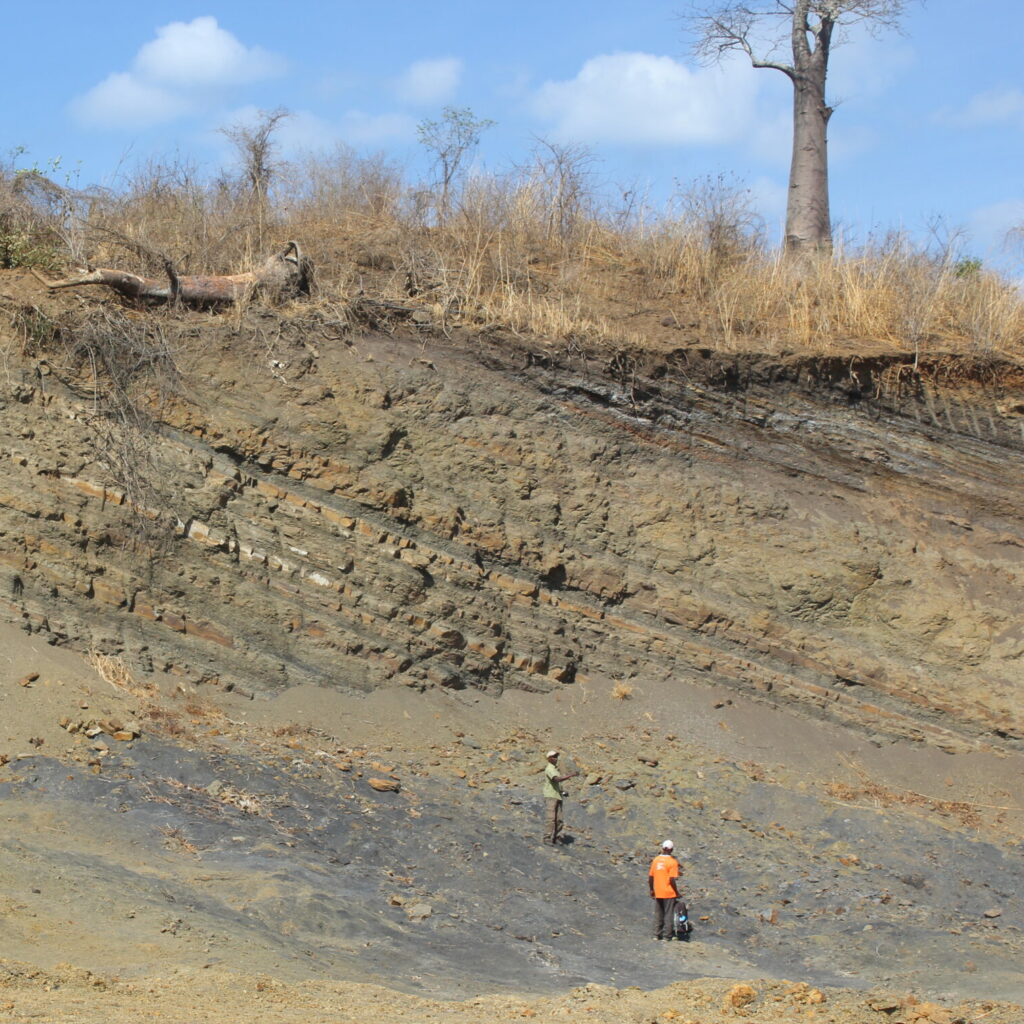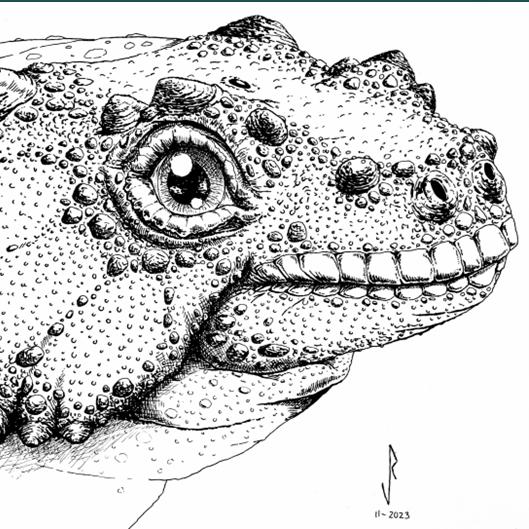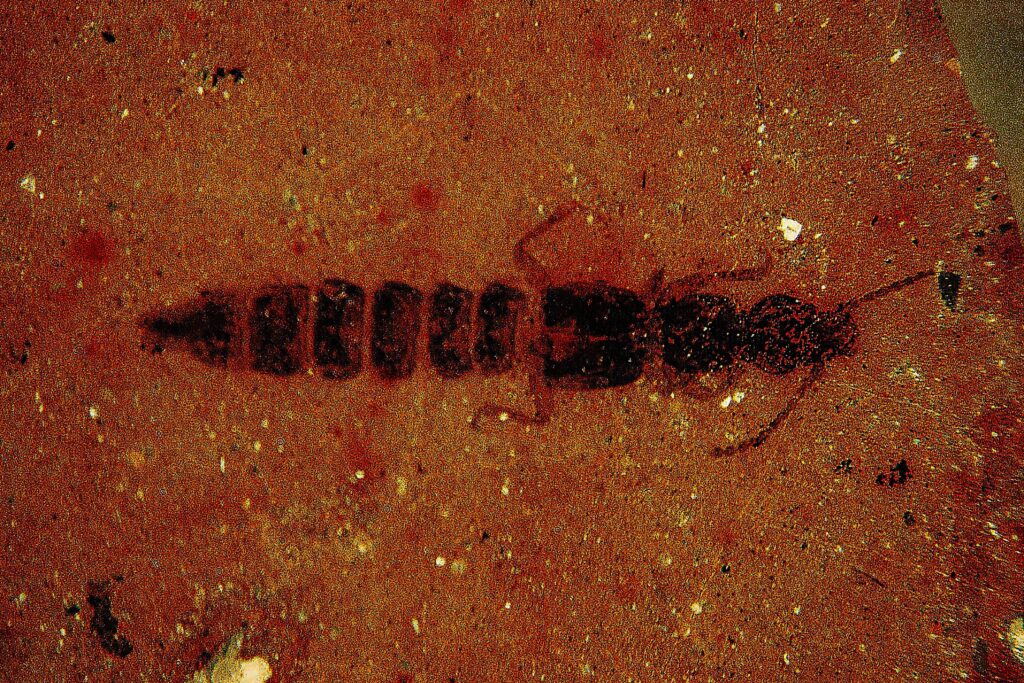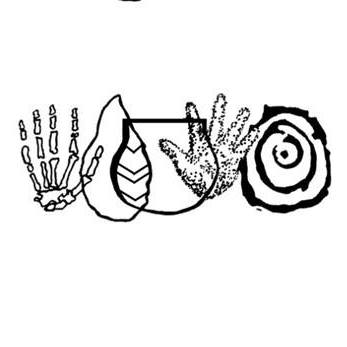The Furry Frontier: Understanding the Evolutionary Path of Mammalian Traits from Fossils
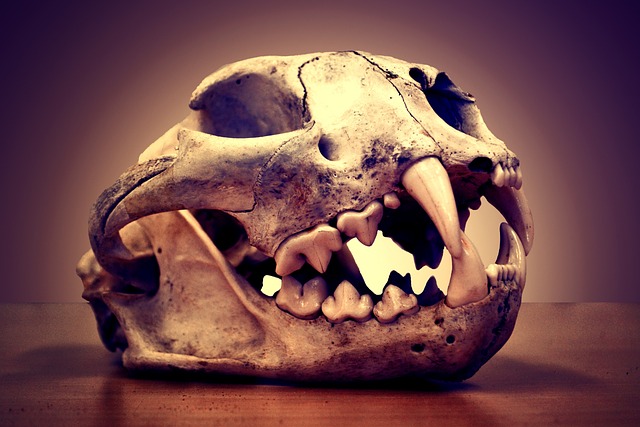
Have you ever wondered how mammals evolved the unique characteristics that set them apart from other animals? Recent published scientific research supported by GENUS has delved into the fossil record, revealing that the development of key mammalian traits, such as warm-bloodedness, fur, and parental care, is deeply intertwined with changes in the structure of their skulls!
While soft tissue features like hair and parental care rarely survive the test of time, palaeontologists Dr Luke Norton, Dr Fernando Abdala and Dr Julien Benoit from the Evolutionary Studies Institute of the University of the Witwatersrand have found a remarkable correlation between certain bony characteristics of the skull and these defining mammalian traits. By reviewing published literature and analysing several bony features in fossils, they have traced the transition from non-mammalian ancestors to mammals, uncovering a fascinating journey that spanned millions of years.
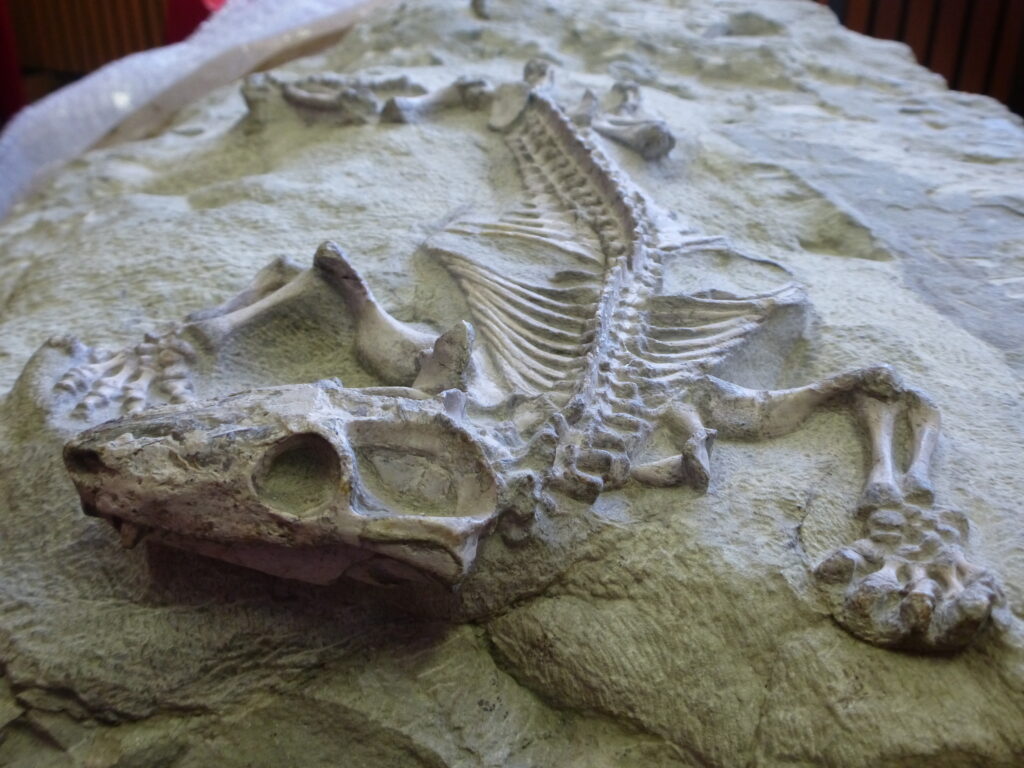
Revolutionizing Dental and Cranial Structures in Mammals:
In their investigations, Luke and his colleagues point to the continuous tooth replacement pattern in early mammal ancestors, unlike the two sets of teeth observed in modern mammals. The transition to two sets of teeth occurred around the time of early dinosaurs and coincided with the emergence of remarkable changes. These included the development of unique tooth enamel, the ability to provide milk for offspring, enhanced biting and chewing capabilities, fleshy cheeks, and a flexible attachment of teeth to the jawbone. These transformative adaptations enabled more efficient eating.
A Palate’s Journey: From Open to Closed:
In mammals, the secondary palate, a bony structure that separates the nose and mouth, underwent an extraordinary evolution. It transformed from an open palate in mammalian ancestors to a closed palate. The secondary palate played a vital role in strengthening the snout and allowing mammals to chew without hindering their breathing. Additionally, it allows for a vacuum to be created in the mouth that facilitated suckling for babies. As mammals continued to develop, certain nasal structures called turbinates began to ossify (harden). These ossified turbinates supported the sense of smell and retained moisture and body heat. These advancements in the palate and nasal cavity were pivotal for mammals’ ability to breathe, chew, and facilitate the evolution of endothermy (warm-bloodedness).
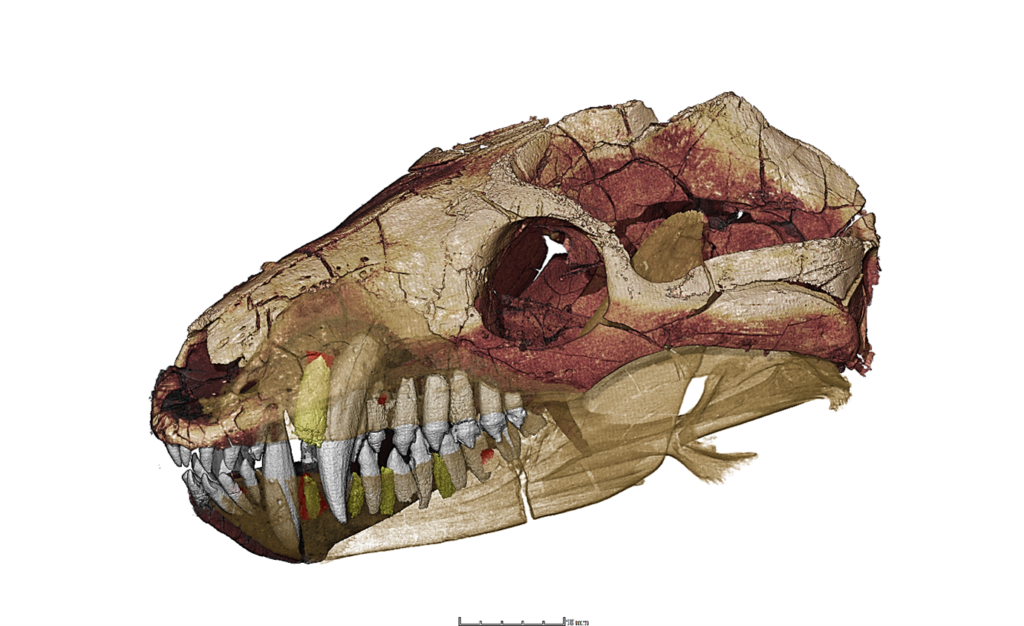
Cranial Transformation:
Mammalian ancestors could have up to 78 bones in their skulls, but in modern mammals, the skull is much simpler, with only 30 elements. For example, the braincase in mammals is robustly ossified, with many bones indistinguishably fused, offering enhanced protection to the brain. They also possess a single bone in their lower jaw, while early ancestors had multiple bones. The region surrounding the eye has undergone simplification, leading to the disappearance of certain bones. While their ancestors possessed multiple openings on the snout, mammals now have a single opening, the infraorbital foramen, which allows passage for the nerve to innervate the uniquely mammalian whiskers. Finally, they lost the pineal eye or “third eye”, a light-detecting organ that aided behavioural thermoregulation regulation.

Inner Ear’s Secrets:
The bony labyrinth, housed within the petrosal bone (a dense bone in the temporal region of the skull), contains the inner ear. In early mammalian ancestors, the bony labyrinth was divided between two bones but later fused into one. The bony labyrinth is divided into a cochlear canal for hearing and a vestibule for balance. Over time, the cochlear canal underwent elongation and specialisation in later ancestors, allowing for a wider range of frequencies to be heard. Additionally, changes in the geometry of the semi-circular canals, influenced by alterations in the viscosity of inner ear fluid, occurred in lineages leading to mammals, coinciding with the emergence of endothermy (warm-bloodedness).
The Connection between Bone Structure and Mammalian Traits:
Importantly, all the evidence suggests a close connection between skull structures that are frequently fossilised and soft characters—like warm-bloodedness, milk production and fur—which are rarely or never been discovered in the fossil record. Although an insulating coat is the most reliable evidence of endothermy, direct evidence of preserved integument is scarce. However, by studying the evolution of certain skull structures such as the pineal foramen and inner ear, researchers have inferred the presence of fur-like coverings in early mammals. For instance, the maintenance of a fur pelt is genetically linked to the loss of the pineal foramen, which implies that our ancestors acquired the former when the latter disappeared from their skull. These hairs not only provide insulation but likely also played a role in the development of the isocortex, a part of the brain unique to mammals that is associated with higher functions. To protect this new organ, the braincase simplified and became more robust.
Furthermore, the evolution of endothermy and hair is closely linked to miniaturization and adaptations to nocturnal lifestyles. As mammals became smaller and more active at night, their sense organs and nervous systems underwent significant changes. Sight became less important, leading to improvements in hearing, touch, and smell. This sensory revolution drove the enlargement of the cerebral hemispheres, giving the mammalian brain its distinctive shape.

Another remarkable discovery is the connection between bony structures and parental care. While the origin of lactation and the development of mammary glands remain subjects of debate, evidence suggests that early mammalian ancestors already exhibited parental care in some form. Previous research also shows that fossil evidence reveals aggregations of different age classes, indicating that early cynodonts practised some level of parental care well before the evolution of lactation. This is also supported by cranial features as the secondary palate enables suckling, and the loss of the pineal foramen, again, is genetically linked to the maintenance of mammary glands.
The study of mammalian evolution is a captivating field, bridging the gaps between the past and present. It enables us to uncover the secrets of our own lineage and the intricate web of connections that shaped the world of mammals. The fossils offer a unique window into the origins of warm-bloodedness, hair, and parental care, providing valuable insights that enrich our understanding of the natural world and our place within it. So, the next time you find yourself captivated by the antics of your furry companion, take a moment to reflect on the extraordinary tale of mammalian evolution. Let it remind you of the incredible journey undertaken by their distant ancestors, whose remarkable adaptations and perseverance laid the foundation for the awe-inspiring diversity of life that graces our planet today!
